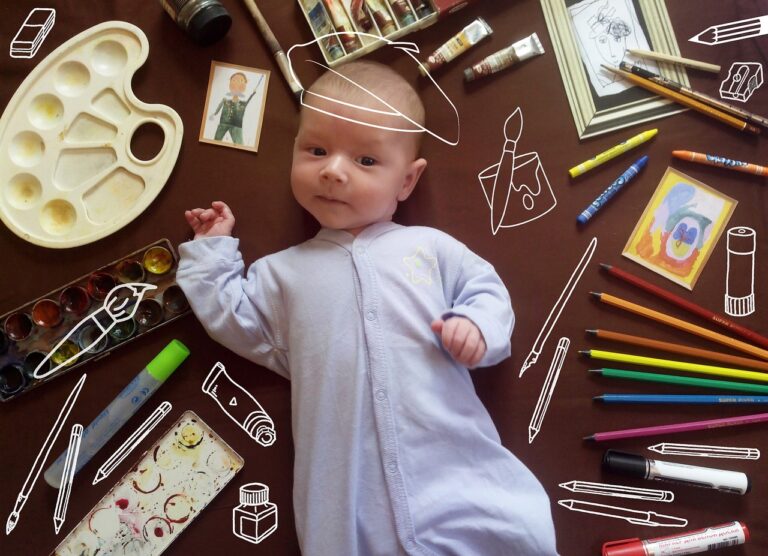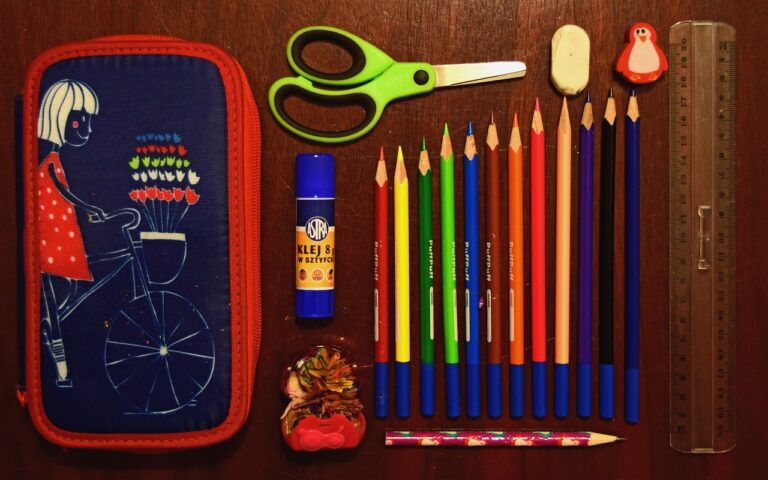Promoting Culturally Responsive Teaching in Humanities
Culturally responsive teaching is essential in the humanities because it recognizes and values the diverse cultural backgrounds of students. By incorporating various perspectives, experiences, and knowledge systems into the curriculum, educators can create a more inclusive and equitable learning environment. This approach helps students see themselves reflected in the material studied, fostering a sense of belonging and cultural pride in the classroom.
Furthermore, culturally responsive teaching promotes critical thinking and deepens students’ understanding of different cultures and perspectives. It challenges traditional Eurocentric narratives and encourages students to question dominant ideologies, sparking meaningful discussions and promoting empathy and understanding among classmates. By weaving diverse perspectives into the fabric of humanities education, educators can empower students to become global citizens who appreciate the richness and complexity of the world around them.
Understanding Cultural Competency in the Classroom
Cultural competency in the classroom is crucial for creating an inclusive and engaging learning environment. It involves educators understanding and valuing the diverse cultural backgrounds of their students to better support their academic success. By recognizing and respecting the cultural differences present in the classroom, teachers can foster a sense of belonging and respect among all students, leading to a more positive and enriching educational experience.
Teachers can develop cultural competency by actively seeking to learn about the backgrounds, traditions, and perspectives of their students. This can involve incorporating diverse content into their curriculum, inviting guest speakers from different cultural backgrounds, and providing opportunities for students to share their own experiences and insights. By embracing cultural competency in the classroom, educators can cultivate a more welcoming and inclusive space where all students feel valued and understood.
Strategies for Incorporating Diverse Perspectives in Humanities
Incorporating diverse perspectives in humanities education is crucial for fostering inclusivity and promoting a deeper understanding of different cultures. One effective strategy is to diversify the curriculum by including literature, art, and historical narratives from a wide range of cultural backgrounds. This can help students see beyond their own experiences and develop empathy and respect for diverse voices.
Additionally, educators can encourage students to critically analyze texts and artworks through multiple cultural lenses. By guiding discussions that highlight different interpretations based on cultural perspectives, students can gain a more nuanced understanding of how identity, history, and society shape artistic expressions. Creating a safe space for students to share their own perspectives and engage in respectful dialogue can further enhance the learning experience and promote a culture of inclusivity in the humanities classroom.





